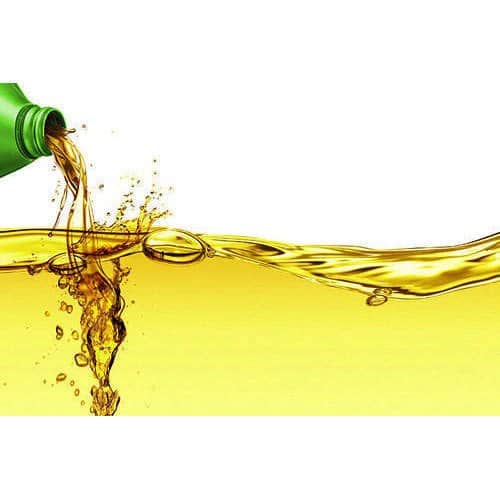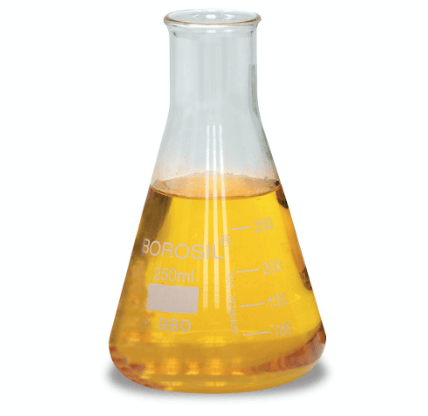WAT WE DOEN
Installaties
Installaties
Nieuwe installaties
Nieuwe installaties
Oude olie ophalen
Oude olie ophalen
Olie
Olie
Olie analyse
Olie analyse
Olie management
Olie management

Rodun International BV levert thermische vloeistoffen
voor vrijwel iedere industrie
Heat Transfer Fluid’s kan in alle soorten industrieën toegepast worden. Dit varieert van chemische tot farmaceutische industrieën tot metaal en voedselindustrieën. Lees meer over wat onze Heat Transfer Fluid’s waaronder Fragoltherm® in jouw industrie kan betekenen.
Wij leveren alleen de beste producten die er zijn!
Onze HTF-producten zijn synthetische vloeistoffen die bestand zijn tegen uitzonderlijk lage en hoge temperaturen. Door de speciaal ontwikkelde chemische structuur vormen zich geen koolstofafzettingen in het thermische systeem. De producten die Rodun International BV kan leveren zijn de oplossing voor industrieën waar nauwkeurige en snelle temperatuurbeheersing vereist is.



